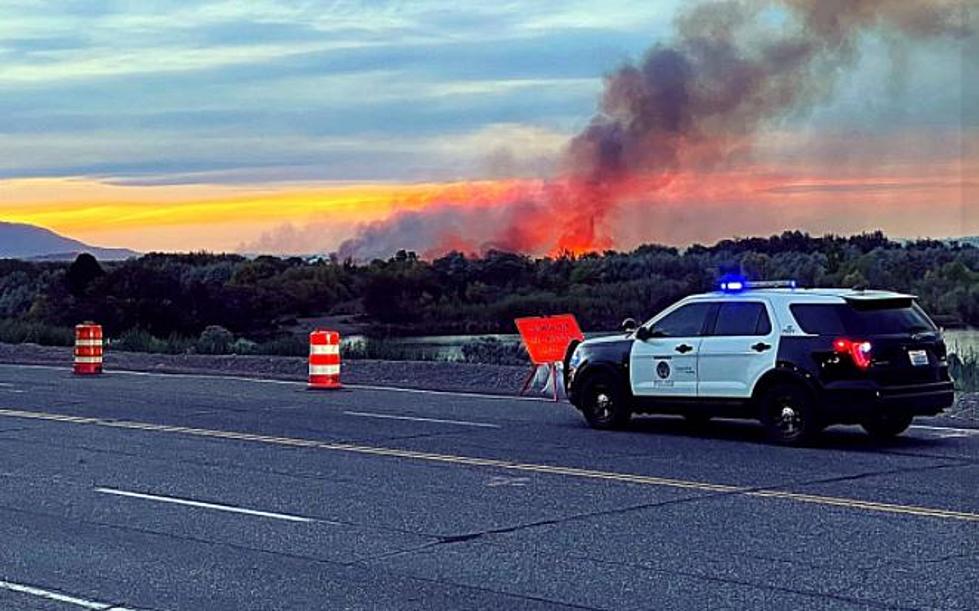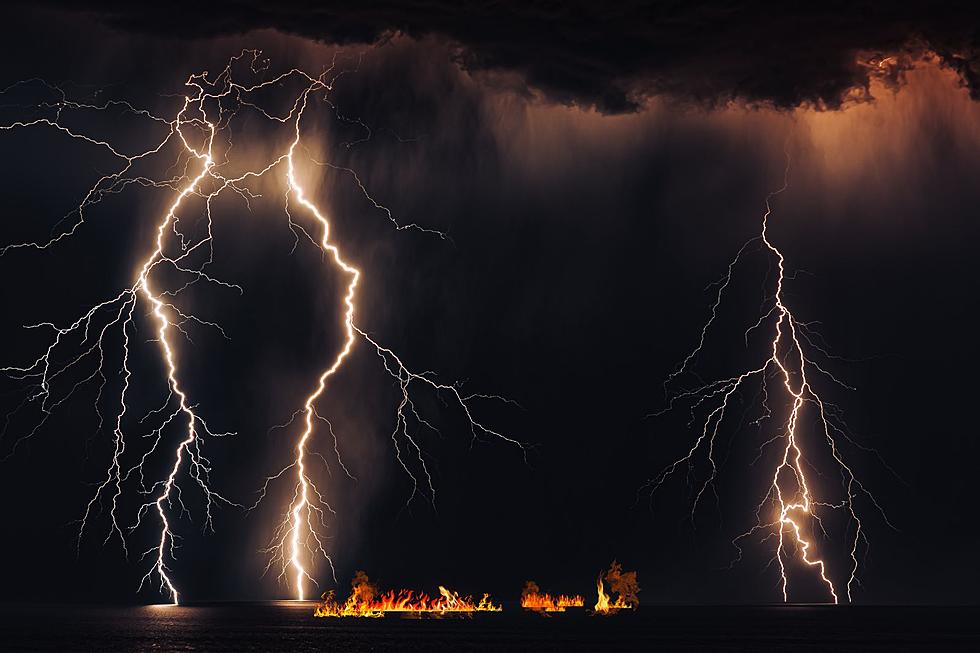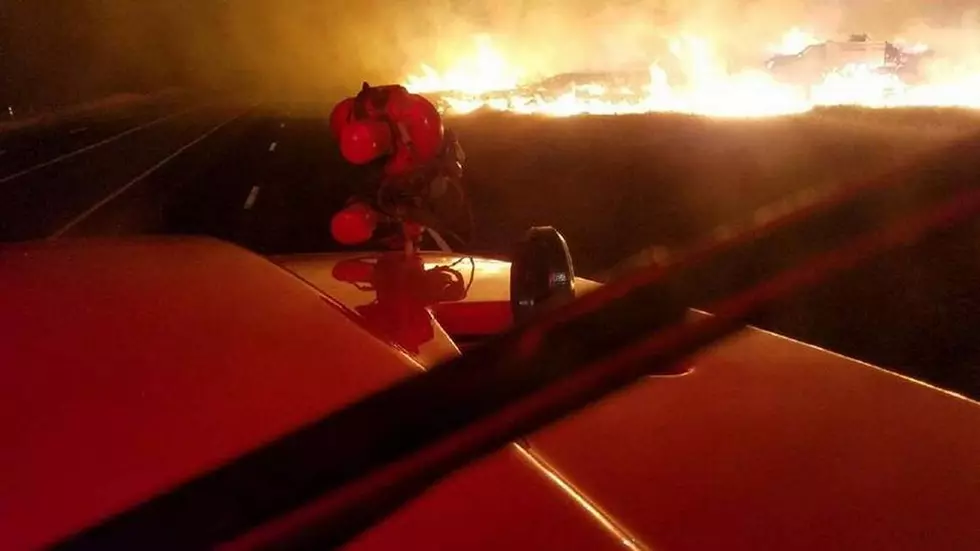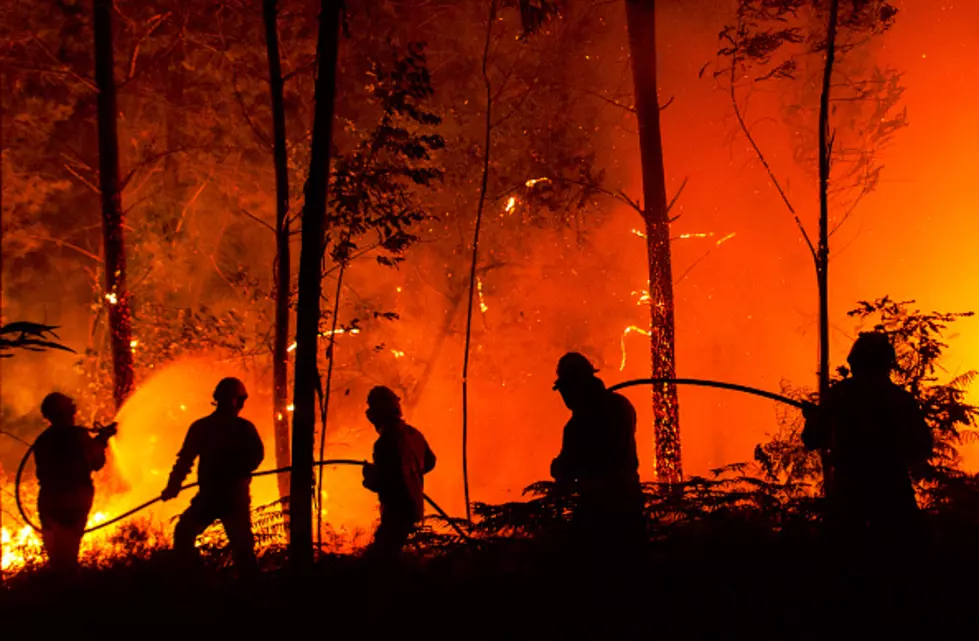
What Triggered Yakima Delta Fire? Homeless Camp, Say Officials
Two fires that combined burned well over 200 acres of wildlands and brush are blamed on humans, say officials.
Richland Fire officials say a homeless camp on the west side of Highway 240 in the Yakima River Delta area is the cause of the blaze which spread to the east side of the road. April 28th, reports came in of a tree on fire west of 240, and crews responded.
Initially they believed it had started near an animal culvert crossing between the east and west side of the road, but then as they battled and investigated the fire, they found the camp. It had a firepit, several tents, chairs, cook stoves; and even one source said a dead cat was found at the site.
Officials did not say if anyone was seen in the area as the fire began, but the camp was the incendiary point for the blaze. No word if any suspects, or if the occupants of the camp have been located.
On the east side of 240, crews were hampered because of deep, sometimes waist-high goo they had to wade through to get it under control. Fire officials say the blaze is still being controlled because of all the dense undergrowth sitting on top of the marshy land.
Then the next day, another human-caused fire broke out near Columbia Point. Investigators initially thought embers drifting from the Delta were the cause.

Officials say it was actually two fires, and then three more sprang up. The fires were in the natural cover area of the Point near south Richland, and apparently no roads leading in. As crews worked their way through to contain the fires, officials saw several people leaving the area. They included some homeless individuals.
Crews didn't say if they found any evidence of homeless camps at Columbia Point, but there will apparently be efforts made now to clear some of the underbrush from both areas.
According to the Tri-City Herald, officials say it's been over 20 years since any substantial fires have occurred in either area; and that's allowed a tremendous amount of undergrowth and brush to pile up, instant fuel for any small spark.
LOOK: The most expensive weather and climate disasters in recent decades
More From 97.1 KXRX

![West Richland-New Benton County Fire Station #430 [VIDEO]](http://townsquare.media/site/133/files/2020/12/BC-FIRE.jpg?w=980&q=75)






![GoPro Footage of Fireman Saving Kitten Restores Faith in Humanity [VIDEO]](http://townsquare.media/site/134/files/2013/09/hqdefault15.jpg?w=980&q=75)
